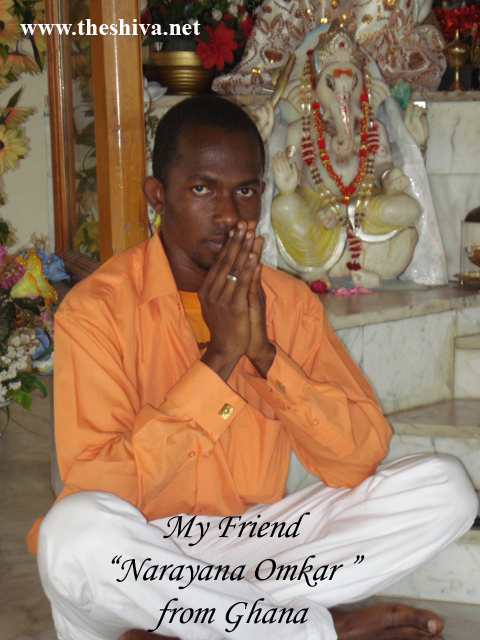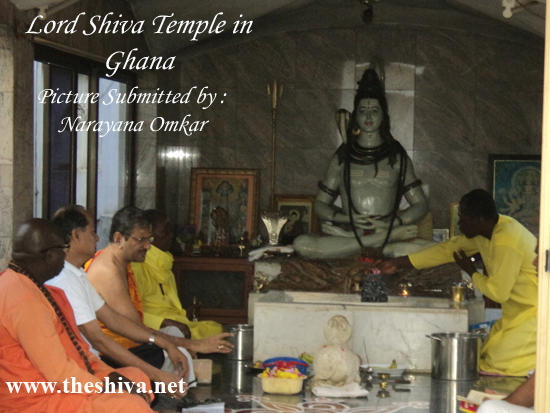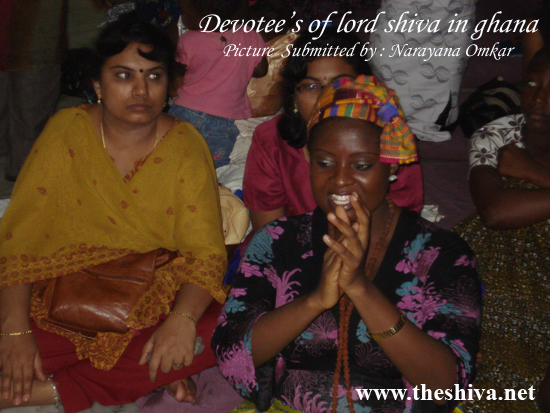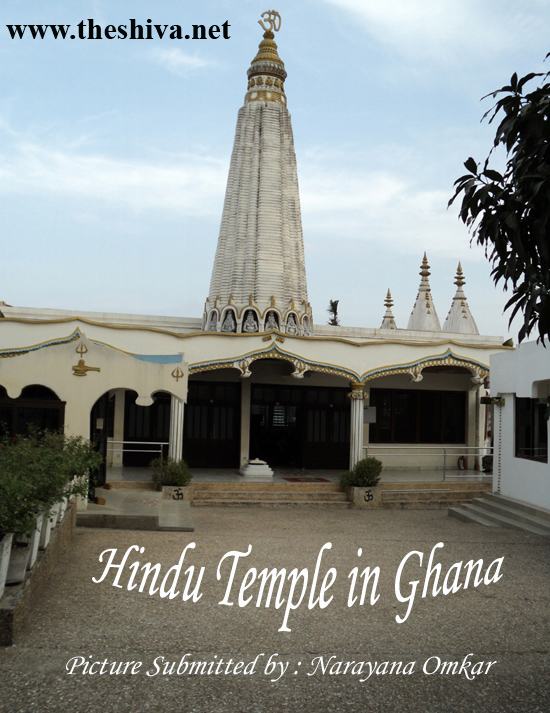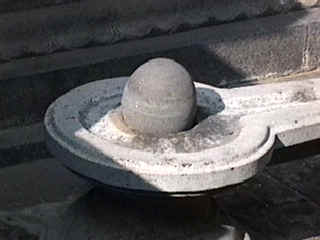Story of Shiva Lingam – Why Shiva is worshipped in the Phallic Form
This is an interesting story regarding the worship of Lord Shiva in the phallic form. It is believed that once Brahma and Vishnu, the two deities of the Trinity, got into an argument regarding their supremacy. Lord Brahma declared himself to be more admired, being the creator. While the preserver, Vishnu, pronounced that he commanded more admiration. Just then a huge pillar of fire (lingam), called as Jyotirlinga, appeared in flames, before them. This Lingam enthralled both Brahma and Vishnu, with its hastily increasing size. With this incident, they forgot their quarrel and decided to find its size. Vishnu took the form of boar and went to the netherworld. Brahma assumed the form of a Swan and flew to the skies. However both of them were unsuccessful in completing the self-assumed tasks. At that time, Shiva appeared out of the lingam and acknowledged that he was the progenitor of both, Brahma and Vishnu. So, he should be worshipped in his phallic (lingam) form, and not in the anthropomorphic form.
Story of Shiva and the Hunter
Here is one more interesting story of Lord Shiva, showing his merciful nature. Once a hunter was wandering in a dense forest, to chase a deer and suddenly he found himself on the banks of river Kolidum, where he heard the roar of a tiger. In order to defend himself from the tiger, he climbed up a tree close by. The Tiger sat on the ground below the tree without the purpose to leave. The huntsman stayed at the tree whole night and to keep himself awake, he plucked one leaf after another from the tree and threw it down. There was a Shiva Lingam under the tree and gracefully the tree turned out to be a ”bilva” tree (leaves of this tree are adored by Shiva). Without any knowledge, the huntsman had delighted the deity by pouring Bilva leaves all night. With the arrival of the sun, the hunter looked down and found the tiger gone. In its place, Lord Shiva was standing and he prostate before the lord. With Shiva’s blessings, he attained salvation from the bondage of the material world.
Ganga Comes Down to Earth
A legend from the Ramayana speaks of King Bhagirath who once meditated before Lord Brahma for a thousand years for the salvation of the souls of his ancestors. Pleased with his devotion Brahma granted him a wish. He requested the Lord to send the river Ganges down to earth from heaven so that she could flow over his ancestors’ ashes and wash their curse away and allow them to go to heaven. Brahma granted his wish but asked him to pray to Shiva, for he alone could support the weight of her descent. Accordingly he prayed to Shiva and he allowed the Ganges to descend on his head, and after meandering through his thick matted locks, the holy river reached the earth. This story is re-enacted by bathing the ‘linga’.
The Tiger & the Leaves
Once a hunter while chasing a deer wandered into a dense forest and found himself on the banks of river Kolidum when he heard the growl of a tiger. To protect himself from the beast he climbed up a tree nearby. The tiger pitched itself on the ground below the tree fostering no intention to leave. The hunter stayed up in the tree all night and to keep himself from falling asleep, he gently plucked one leaf after another from the tree and threw it down. Under the tree was a Shiva Linga and the tree blessedly turned out to be a bilva tree. Unknowingly the man had pleased the deity with bilva leaves. At sunrise, the hunter looked down to find the tiger gone, and in its place stood Lord Shiva. He prostrated before the Lord and attained salvation from the cycle of birth and death.
Why Shiva is Worshipped in His Phallic Form
According to another legend, once Brahma and Vishnu, two other deities of the holy Trinity, had an argument as to their supremacy. Brahma being the Creator declared himself to be more revered, while Vishnu, the Preserver, pronounced that he commanded more respect.Just then a colossal ‘lingam’, known as Jyotirlinga, blanketed in flames, appeared before them. Both Brahma and Vishnu were awestruck by its rapidly increasing size. They forgot their quarrel and decided to determine its size. Vishnu assuming the form of a boar went to the netherworld and Brahma as a swan flew to the skies. But both of them failed to accomplish the self-assumed tasks. Then, Shiva appeared out of the ‘lingam’ and stated that he was the progenitor of them both and that henceforth he should be worshiped in his phallic form, the ‘lingam’, and not in his anthropomorphic form.
